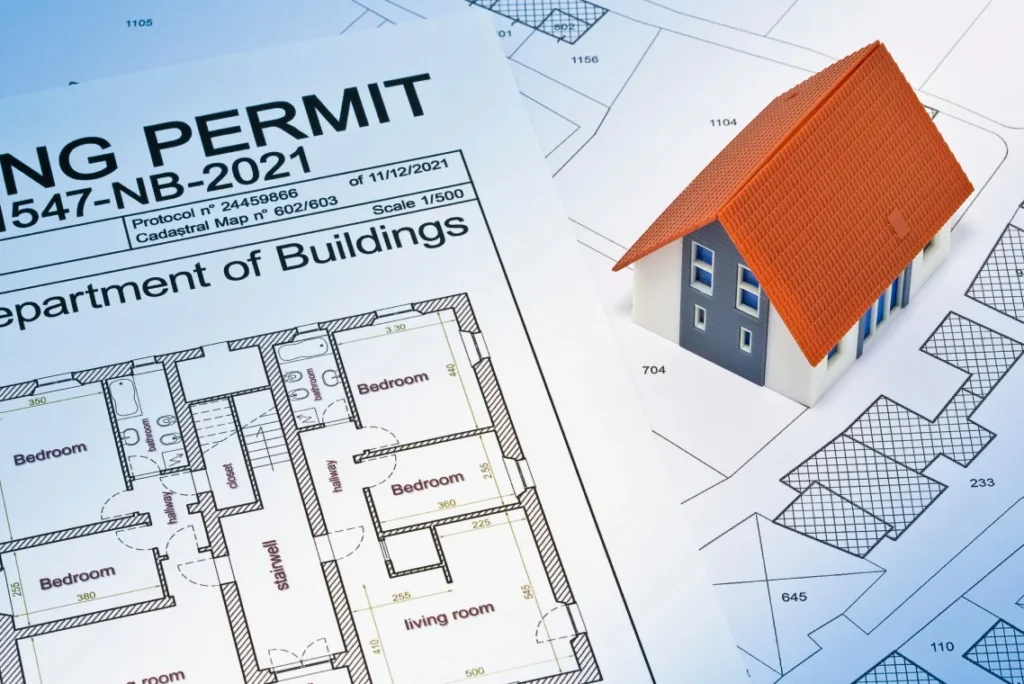The complete methodology of ATTOM‘s fourth-quarter 2024 study, which examines eligible low-income Opportunity Zones that Congress designated for economic reconstruction under the Tax Cuts and Jobs Act of 2017, is available below. In this analysis, ATTOM examined 3,783 U.S. zones that had at least five home sales in the fourth quarter of 2024 and had enough data to analyze.
According to the analysis, in 49% of Opportunity Zones nationwide with sufficient data to measure, median prices for single-family homes and condos rose between the third and fourth quarters of 2024. In 61% of those zones, they were rising annually. In over half of the Opportunity Zones examined, median prices increased by more than 10% per year as the country’s 13-year housing market bubble persisted.
For at least the past three years, these patterns in and around low-income neighborhoods—where the federal government provides tax credits to promote economic revival—have maintained a long-term pattern in which property values within Opportunity Zones closely mirror broader price shifts across the country. That situation has persisted whether there have been modest, moderate, or significant advances in the housing market.
The fourth-quarter trends were mixed, with normal values increasing more in higher-priced zones than in the very lowest-priced areas, despite general upswings within Opportunity Zone markets. This further demonstrated how the bottom of the U.S. housing market is not as benefited by the nationwide price growth trend and may be more at risk if the overall market upswing levels out or reverses.
“Micro-markets inside Opportunity Zones continue to reap remarkably consistent benefits from the home-price boom that is still reaching far and wide across the country. Again and again, we are seeing notable levels of economic potential in these areas that have long been in need of revival,” said Rob Barber, CEO for ATTOM. “This keeps happening as rising values and tight supplies of homes for sale push many buyers on limited budgets into areas they may not have considered a few years ago.”
2025 Forecast: What’s to Come?
However, the most recent trends indicate that, in comparison to other markets across the country, some of the most troubled areas are exhibiting economic strength—or at least limited decline.
Furthermore, Opportunity Zones made even greater improvement in the fourth quarter of 2024 than the entire country by a number of significant metrics. For instance, a somewhat greater percentage of Opportunity Zones had median price rises than the national average.
To read the full report, click here.








